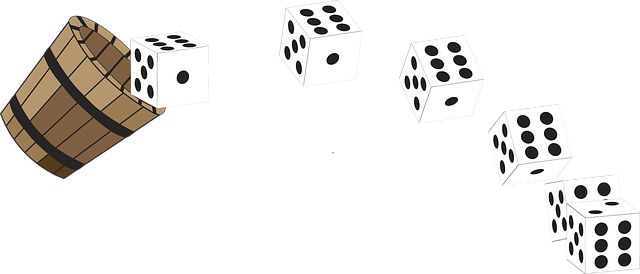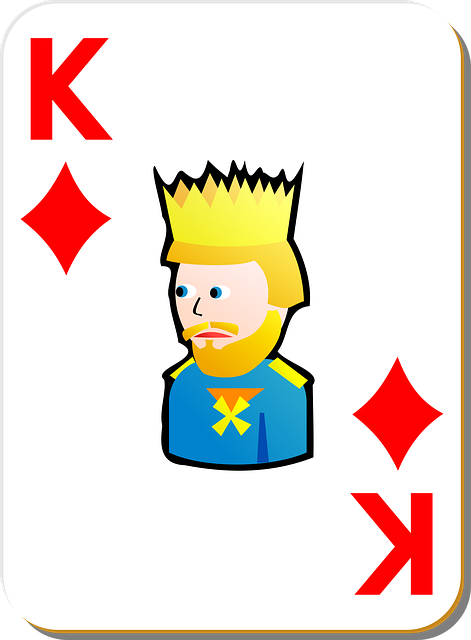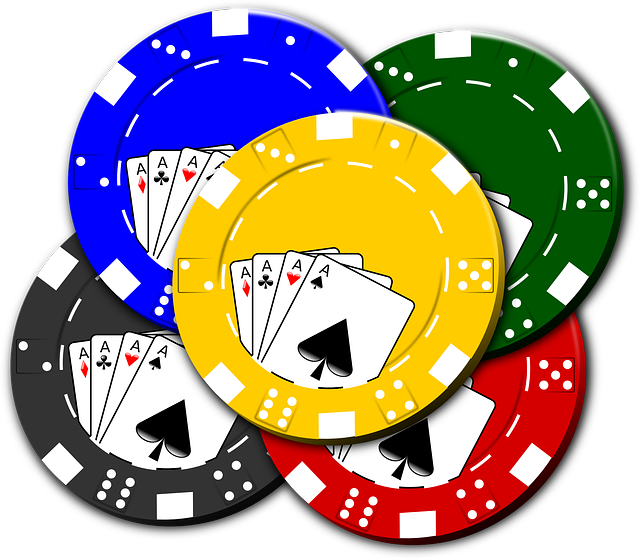Betting odds, expressed as ratios or decimals, represent the likelihood of an event occurring and the potential payout for accurate predictions. Higher odds indicate longer shot bets with lower probability but higher rewards, while lower odds point to favorites. By analyzing relevant factors and understanding true probabilities, bettors can make informed decisions, manage their bankroll effectively, and maximize both enjoyment and potential profits in gambling and sports betting.
Unravel the mystery of betting odds! In this comprehensive guide, we break down what betting odds are, how they work, and equip you with powerful strategies for interpretation. Whether a seasoned bettor or new to the game, understanding odds is crucial for informed decision-making. Learn to decipher them, capitalize on opportunities, and enhance your overall betting experience. Discover the art of translating odds into profitable strategies today.
What Are Betting Odds?

Betting odds are a numerical representation of the likelihood of an event occurring, expressed as a ratio or fraction. They serve as a key component in gambling and sports betting, providing valuable insights into potential outcomes. By understanding betting odds, individuals can make more informed decisions about their wagers. Essentially, odds indicate the probability of a specific result, with higher numbers suggesting increased chances of that outcome.
For instance, if you place a bet on an event with odds of 2:1, it means that for every unit staked, you stand to gain two units if your prediction is correct. This simple concept forms the backbone of strategic betting, allowing enthusiasts to assess risks and potential rewards. The explanation of betting odds goes beyond basic mathematics; it’s a crucial skill for anyone looking to navigate the world of gambling with a strategic edge.
How Do Betting Odds Work?
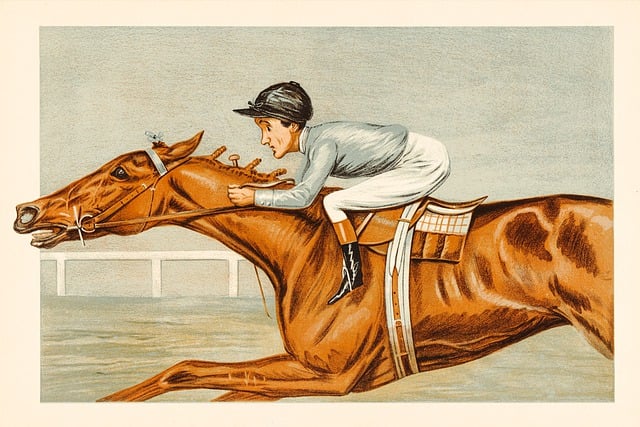
Betting odds are a fundamental concept in gambling, representing the probability of an event occurring and the potential payout for successful predictions. They work as a measure of how likely or unlikely an outcome is, expressed as a ratio or decimal value. The basic idea is to offer value to both the bookmaker and the bettor.
When you place a bet, odds indicate the potential return on your investment. For instance, if a team is favored, they will have shorter odds, suggesting a higher probability of winning and thus a smaller payout. Conversely, longer odds mean the outcome is less likely, but the reward for correctly predicting it is greater. This system encourages both risk assessment and strategic betting, making it an integral part of understanding and mastering the art of gambling.
Strategies for Interpreting and Using Betting Odds
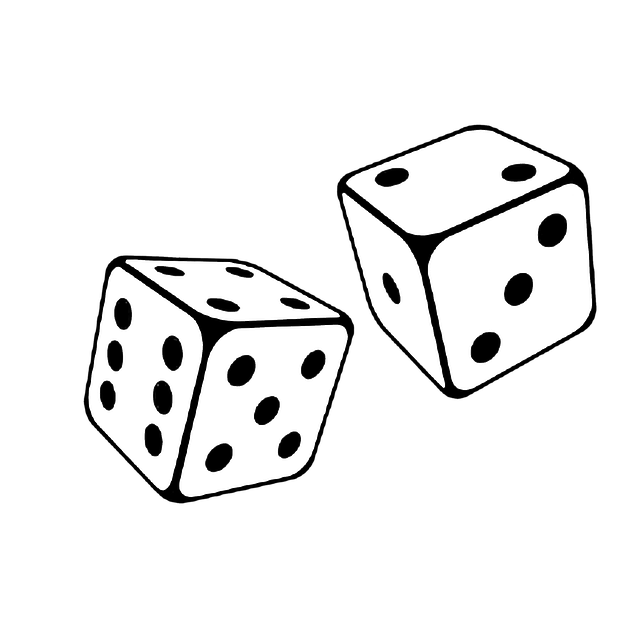
Understanding betting odds is a crucial part of successful gambling. When you know how to interpret them, they offer valuable insights into the likelihood of an event occurring. Higher odds indicate longer shot bets, while lower odds suggest favorites. Don’t just place bets based on gut feeling; use odds to make informed choices and manage your bankroll effectively.
To utilize betting odds strategically, consider their potential returns. Longer odds offer bigger payouts but require more precision in predictions. Shorter odds are safer, providing smaller gains with a higher chance of success. By analyzing factors influencing the event, like team performance or individual skills, you can make educated guesses that align your bets with the true probabilities, maximizing both enjoyment and potential profits.
Understanding betting odds is a game-changer in the world of sports gambling. By grasping how odds work, you can make more informed decisions and develop effective strategies. This article has broken down the concept, explained their functionality, and provided valuable interpretations to enhance your betting experience. Remember, when it comes to betting odds explained, knowledge is power—so start applying these strategies today!

